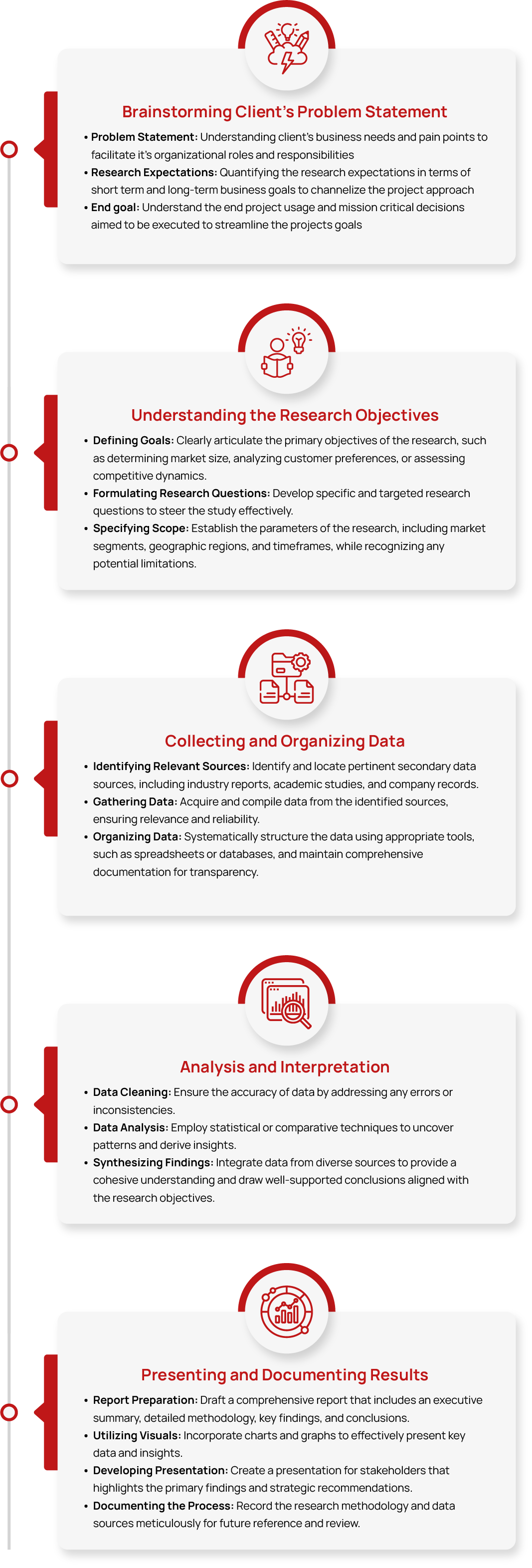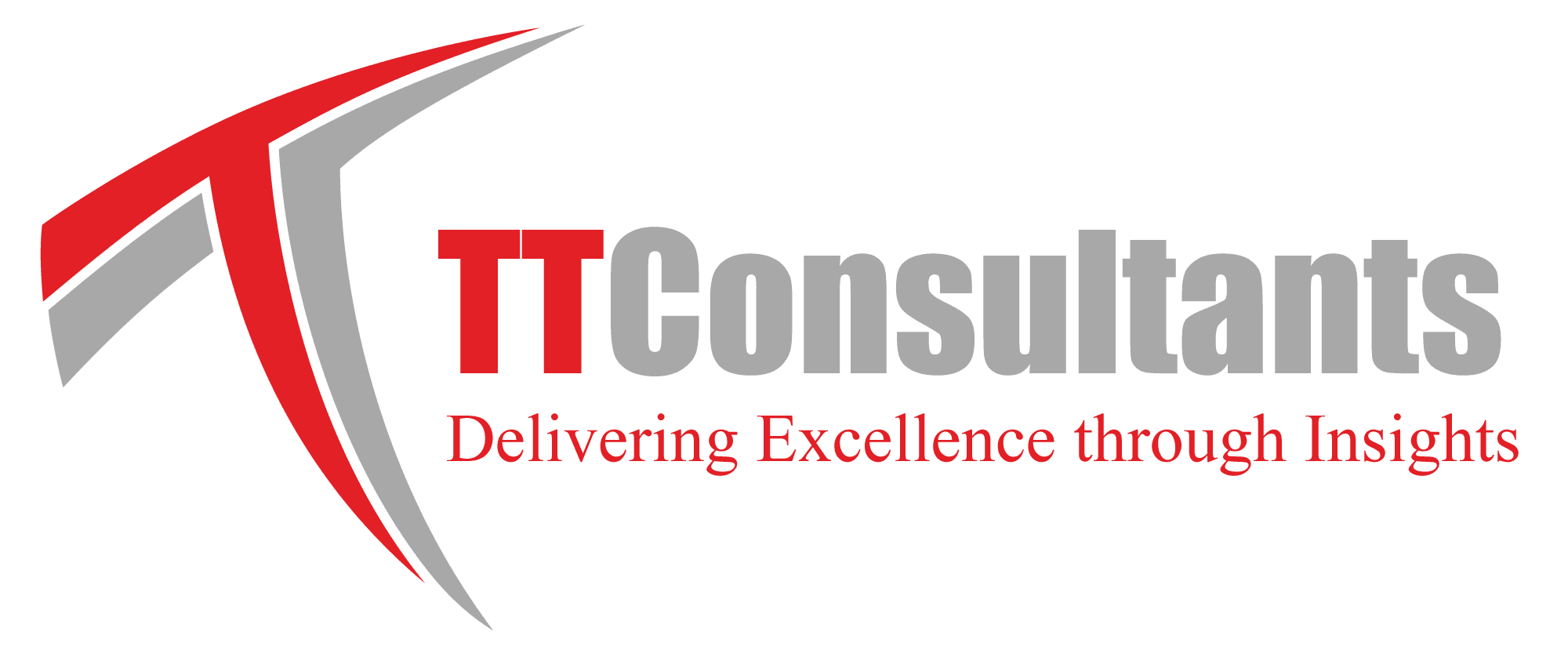Global Used Vehicle Market Size, Share & Growth and Trend Analysis Report, 2032
- Summary
- Market Landscape
- Methodology
- Table of Contents
Global Used Vehicle Market Size, Share & Growth and Trend Analysis Report, By Vehicle Type (Passenger Cars, Light Commercial Vehicles, and Heavy Commercial Vehicles), By Propulsion Type (Internal Combustion Engine, Electric and Hybrid), By Sales Channel (Franchised Dealers, Independent Dealers, and Online Platforms), By End User (Individual and Commercial), and Regional Forecasts (Asia Pacific, Europe, North America, Latin America and Middle East & Africa), 2024 – 2032
The Global Used Vehicle Market represents a dynamic ecosystem where pre-owned vehicles are traded through various channels, serving diverse consumer needs while offering more affordable alternatives to new vehicles. The market encompasses everything from certified pre-owned luxury vehicles to economic daily drivers, creating a vital secondary automotive ecosystem.
The Global Used Vehicle Market was valued at USD XX billion in 2024. It is projected to reach USD XX billion by 2032, with a compound annual growth rate (CAGR) of approximately 6% from 2025 to 2032.
Industry Trends
The used vehicle market is undergoing significant transformation, shifting from traditional dealership-based models to digital-first platforms and hybrid sales approaches. This evolution is characterized by the integration of advanced vehicle history reporting, digital inspection technologies, and online marketplaces that provide transparency and convenience to buyers and sellers alike.
The industry has experienced unprecedented dynamics in recent years, influenced by supply chain disruptions in new vehicle production, changing consumer preferences toward private transportation post-pandemic, and the growing acceptance of electric vehicles in the secondary market. Market participants are increasingly adopting digital solutions for inventory management, pricing optimization, and customer relationship management, while also expanding certified pre-owned programs to build consumer confidence.
However, the market faces challenges such as inventory shortages, price volatility, and the need for standardized quality assurance processes across different sales channels. The growing complexity of modern vehicles, particularly in terms of electronic systems and advanced driver assistance features, also presents challenges for valuation and maintenance.
Industry Expert’s Opinion
- Daniel Coquieri, CEO, Liqi
“Highlighted that tokenization reduces financial costs by approximately 60% compared to traditional methods. He also noted that Kavak intends to expand this financing approach to other Latin American countries, though implementation may vary due to differing regulatory frameworks.”
- Ravindra Kundu, Executive Director, Chola
“We aim at offering used vehicle buyers a never-before experience through customized finance packages that would come with speedy, convenient and transparent process.”
TT Consultants’ Perspective
The global used vehicle market shows strong growth potential, driven by digital transformation, changing consumer preferences, and the gradual integration of electric vehicles into the secondary market. The industry is expected to benefit from continued technological innovation in vehicle inspection, valuation, and online sales platforms, while addressing challenges related to inventory management and quality assurance.
As a result, world used car market growth is expected to outpace that of traditional vehicle sales, particularly as used vehicle market size continues to expand across multiple regions.
Market Segmentation
1. By Vehicle Type (Passenger Cars, Light Commercial Vehicles, and Heavy Commercial Vehicles)
The passenger cars segment dominated the global used vehicle market with a XX% revenue share in 2024. This leadership position reflects the segment's broad consumer base and diverse price points. The light commercial vehicles segment is expected to show the highest growth rate between 2025 and 2032, driven by the expansion of e-commerce and last-mile delivery services.
2. By Propulsion Type (Internal Combustion Engine, Electric and Hybrid)
The internal combustion engine segment held the largest revenue share of XX% in 2024. This dominance reflects the historical prevalence of conventional vehicles in the global fleet. The electric and hybrid segment is projected to experience the fastest growth in the global used vehicle market during the forecast period, supported by increasing environmental consciousness and improving charging infrastructure.
3. By Sales Channel (Franchised Dealers, Independent Dealers, and Online Platforms)
The franchised dealers segment led the global used vehicle market in 2024, benefiting from strong brand association and certified pre-owned programs. The online platforms segment shows the highest growth potential, particularly as digital-first buyers enter the market, and traditional dealers enhance their online presence.
4. By End User (Individual and Commercial)
The individual segment captured XX% of the global used vehicle market share in 2024, driven by personal transportation needs and the affordability advantage of used vehicles. The commercial segment maintains steady growth, particularly in fleet operations and rental car companies seeking to optimize their vehicle acquisition costs.
5. By Region (North America, Europe, Asia Pacific, Latin America, Middle East & Africa)
North America dominated the global used vehicle market with a value of USD XX billion in 2024 and is expected to maintain its leadership position throughout the forecast period. This dominance is attributed to robust certified pre-owned programs, advanced digital infrastructure, and strong consumer preference for private transportation. The Asia Pacific region is anticipated to exhibit the fastest growth during the forecast period, driven by rising disposable incomes, expanding middle class, and growing digitalization of vehicle trading platforms in countries like China, India, and Southeast Asian nations.
Competitive Scenario
The global used vehicle market features a diverse mix of traditional dealers, online marketplaces, and automotive technology providers. Key market players include CarMax, AutoNation, Carvana, Cars.com, and Cox Automotive. These companies are investing in digital transformation, inventory management technologies, and customer experience enhancement to maintain market position. Other notable players include CarGurus, TrueCar, Vroom, Auto Trader Group, and Scout24 AG, among others.
Strategic Activities
- In November 2024, OLX is forming strategic partnerships to enhance its classifieds platform and position itself as a comprehensive destination for consumer needs. Collaborations with Cars24 and Royal Enfield (Reown) expand options for used cars and motorcycles, including warranties. Following its acquisition by CarTrade Tech, OLX focuses on refining its classified business to serve 35M+ monthly users. These partnerships strengthen their leadership in the pre-owned goods market, particularly in the automotive sector.
- In November 2024, KeySavvy, a Seattle-based startup, is revolutionizing private used car sales by offering secure digital payment solutions and identity verification to prevent title fraud. The company charges USD 99 fee per party and partners with platforms like Cars & Bids and AutoCheck by Experian. Recently, KeySavvy raised USD 4.25 million in a funding round led by Bonfire Ventures, with participation from Founders’ Co-op, Experian Ventures, and Daher Investments. The company plans to introduce a fast-financing product for buyers.
- In July 2024, Kavak, a prominent Mexican startup specializing in the used car market, has ventured into the Brazilian automotive sector by issuing tokenized debt. Utilizing the Liqi platform, Kavak has tokenized approximately USD 1 million in commercial notes and plans to issue over USD 5 million in bonds. This initiative aims to secure liquidity and working capital for its Brazilian operations.

Please fill out the form to request the ToC and gain access to detailed insights in the report.
Request Table of Contents







